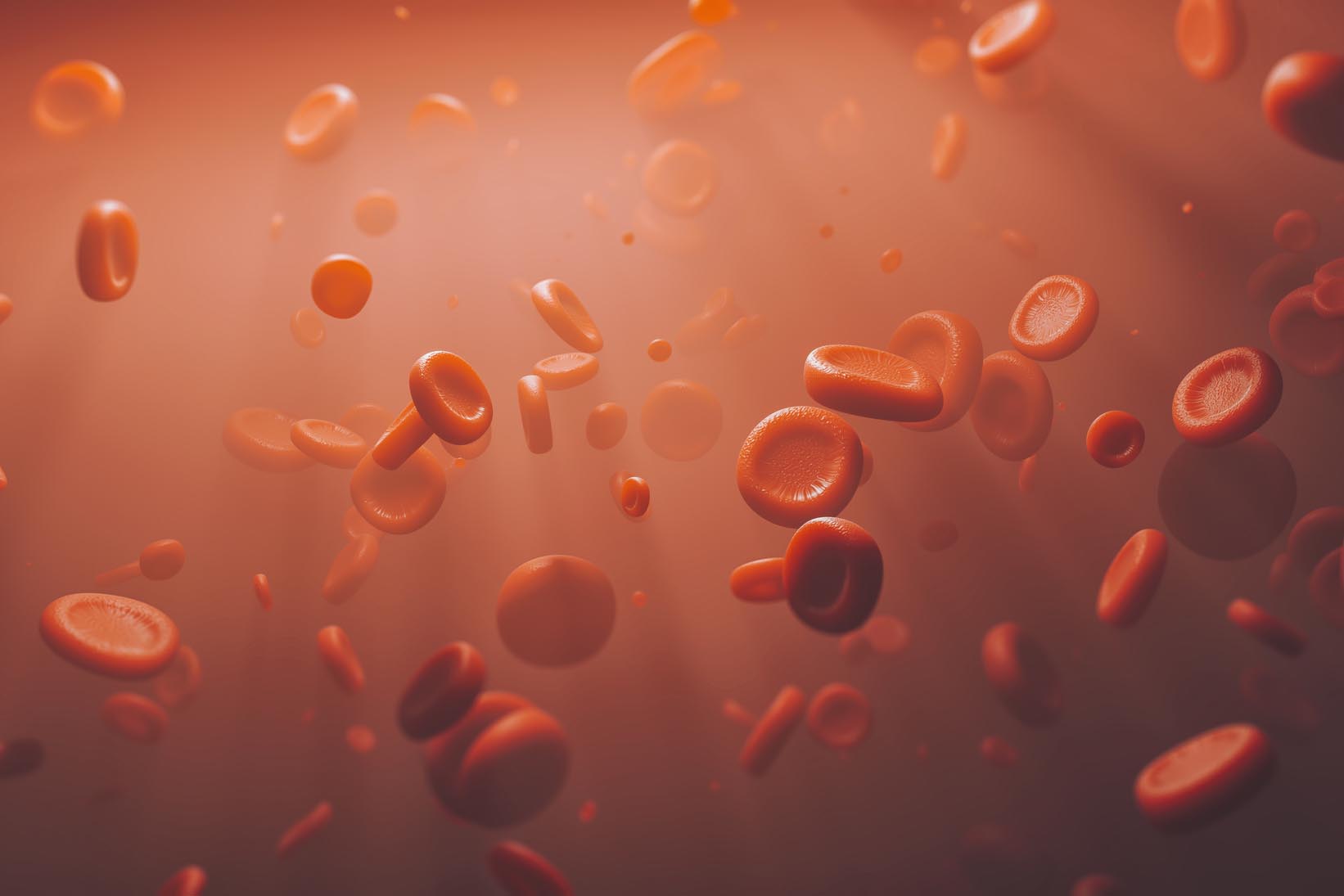• Similar but different
• Converting blood types
What is already known on this topic
People typically have one of four blood types—A, B, AB, or 0—which are determined by molecules on the surfaces of their red blood cells. For a blood transfusion to be successful, the donor and the recipient blood types must be compatible. Unlike types A, B, and AB, which can only be infused into people with matching blood types, type 0 blood can be safely given to anyone. This means that type 0 is always in short supply.What this research adds
Researchers have discovered that some of the microbes that inhabit our gut produce two enzymes that can convert the common blood type A into the universally accepted type 0.Conclusions
Although more work is needed to assess whether the converted blood is safe and how well the enzymes work in different blood samples, the findings could significantly improve the capacity of blood banks.
People typically have one of four blood types—A, B, AB, or 0—which are determined by molecules on the surfaces of their red blood cells. For a blood transfusion to be successful, the donor and the recipient blood types must be compatible. Unlike types A, B, and AB, which can only be infused into people with matching blood types, type 0 blood can be safely given to anyone. This means that type 0 is always in short supply. But a new research could change that.
Scientists have discovered that two enzymes produced by gut bacteria can convert the common blood type A into the universally accepted type 0. The findings, which are published in Nature Microbiology, have the potential to significantly improve the capacity of blood banks.
Similar but different
Type A and type 0 blood cells are quite similar, except type A blood cells have an additional sugar molecule—N-acetylgalactosamine, or GalNAc—attached to their surface. For decades, scientists have tried to remove GalNac from type A blood to convert it to type 0, but they couldn’t find an enzyme that worked well enough to convert mass quantities of blood in a cheap way.
Because microbes that attach to the lining of the gut are known to digest sugars, Peter Rahfeld at the University of British Columbia and his colleagues started to look into the human gut for bacterial enzymes that might have the ability to remove GalNAc.
Converting blood types
First, the researchers collected human stool samples and isolated bacterial DNA. Then, they scoured the bacterial DNA for genes that could cut sugars. Finally, they inserted those genes into Escherichia coli, a common lab bacterium that allowed the scientists to assess whether any of the enzymes produced was able to effectively metabolize GalNAc.
No single enzyme could cut the GalNAc off of the type A red blood cell. But when the researchers tested multiple enzymes at once, they found that two enzymes produced by the bacterium Flavonifractor plautii were able to convert type A blood into type 0.
The researchers showed that the enzymes had high activity and specificity in both buffer solutions and whole blood, which makes them promising candidates for cost-efficient conversion of blood type A into type 0.
Although more work is needed to assess whether the converted blood is safe and how well the enzymes work in different blood samples, the findings could have applications in blood transfusion and organ transplantation, the scientists say.











